The Earth System
By John Palka — Posted October 23, 2016
It was July 20th, 1969. My wife and I sat glued to our tiny black-and-white television set, watching the live broadcast of the landing of Apollo 11 on the moon. The picture quality was poor and the sound crackly, but it was a historic moment. Men had landed on the Moon for the first time and were looking back on the Earth, comprehending in a new and visceral way that they and all the rest of humanity live on one small planet in the vastness of space. Before they left the surface of the Moon to rejoin their spacecraft for the return to Earth, the astronauts placed a plaque with these words: “Here men from the planet Earth first set foot on the moon—July 1969 A.D.—We came in peace for all mankind.”
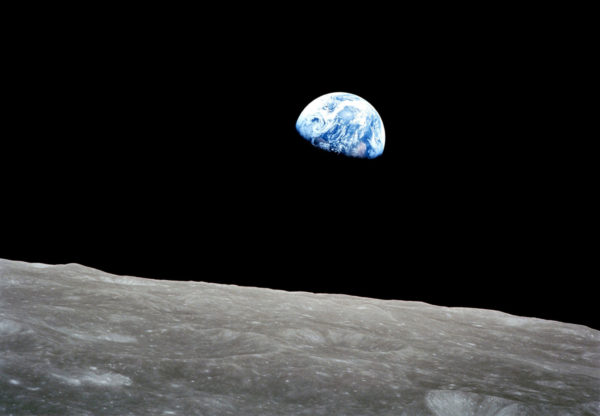
The Earth from space, photographed by the astronauts of Apollo 8 half a year before the first moon landing – NASA
Photographs taken by the Apollo program affected a whole generation around the world. For me, and I know for many others, these photographs of planet Earth stirred the sense of having a home in the Universe—a home that is small, special, and fragile. One home for all of us.
A sense of the Earth being a home goes back far in human history. For example, Pope Francis opens his great encyclical letter Laudato si’ with this paragraph, drawing on the words of Saint Francis from the 13th century:
“Laudato si’, mi’ Signore”—“Praise be to you, my Lord.” In the words of this beautiful canticle, Saint Francis of Assisi reminds us that our common home is like a sister with whom we share our life and a beautiful mother who opens her arms to embrace us. “Praise be to you, my Lord, through our Sister, Mother Earth, who sustains and governs us, and who produces various fruit with colored flowers and herbs.”
Today, however, this hallowed sense of having a sustaining home in the wider Universe has grown into an understanding even more profound. Not only is Earth our home, it is a single, interactive system of immense complexity, and we humans are an integral part of this system.
That human beings are a part of our Earth’s very nature—rather than simply being inhabitants of a hospitable planet—is a deep concept that has emerged from science only in relatively recent times. Evidence for this concept rests in the details of how the components of planet Earth work together. Unraveling these often complex details can take our attention away from the whole system. The pictures of our Earth taken from interplanetary space help keep our focus on the whole, help us remember that it is our home that we are grappling to understand.
Let us contemplate two tenets of this deeper understanding:
- Living organisms and the inanimate Earth are made of the same chemical elements, albeit in differing combinations and configurations.
- These elements, as well as a variety of molecules including water and carbon dioxide, move constantly, in grand planetary cycles, between the living and the non-living components of our planet.
WHAT LIVING BEINGS ARE MADE OF
Let’s examine the first tenet, that the chemical elements making up the molecules of which the living organisms of planet Earth are composed are the same elements as are found in the non-living environment. Among these are carbon, hydrogen, and oxygen—the elements of which carbohydrates and fats are made. These three elements are also found in amino acids, the building blocks of proteins, along with nitrogen and sometimes other elements as well. Add nitrogen and phosphorus to carbon, hydrogen, and oxygen, and you have all the components of DNA. Add iron and you have hemoglobin. Chlorophyll contains both nitrogen and magnesium. Many enzymes contain magnesium, iron, copper, or manganese. Thyroid hormone contains iodine. The molecule known as ATP, which is involved in virtually every energy transaction in the body, contains nitrogen and phosphorus. Calcium is a constituent of bone, and it also plays a central role in nerve transmission, muscle contraction, and many other functions.
These examples are just a tiny fraction of a very long list. Everything we know tells us that our bodies and those of all other living beings are made of the basic elements that the non-living Earth provides. And as we shall see, these elements move back and forth—from the inanimate components of our Earth to the animate and back again—in unending cycles.
SEEING THE CYCLES
Because the integration is so complete, evidence of the chemical connection between the living and the non-living components of the Earth is literally everywhere. Let us visit a few places and enrich our appreciation of their beauty with an understanding of how they reveal the workings of our Earth.
Mountains have long stirred humanity, somehow resonating with our higher aspirations. But there is also much to understand conceptually in scenes like this one, a view from the summit of the Schilthorn in the Swiss Alps. Right before our eyes, this photograph displays a good portion of the Earth’s water cycle. Water is transpiring from the trees that cloak the mountainsides. This vapor is condensing in the clouds that can drop rain at any moment, combining local moisture with that brought in from distant sources by the winds. The rain, when it falls, will run off through the river in the valley floor or, as snow in winter, will accumulate on the snowfields or be incorporated long-term into the glaciers. And we, the human visitors, participate in this grand cycle of water on Earth through the moisture that we exhale, the water that we take in (whether as drink or in our food), and also the water that we excrete. Our lives depend on the Earth’s water, and we actively participate in its cycling.
The ocean shore, here the wilderness coast of the Olympic Peninsula in Washington, is another fine place to appreciate the cycling of water molecules between the liquid of the sea, the vapor in the air, and the droplets in the clouds. Oceans cover about 70% of the Earth’s surface, so what happens in the oceans has a profound effect on the whole planet.
Out of sight, there is a vast biochemical process taking place in the surface waters of the oceans—photosynthesis. As we have seen many times before, photosynthesis is what drives most life on Earth. Perhaps surprisingly, more than half of all photosynthesis takes place in the upper layers of the oceans. Tiny, green, photosynthesizing organisms, collectively called phytoplankton, contribute an estimated 50 to 80% of the oxygen that cycles in and out of living organisms planet-wide. The phytoplankton release oxygen into the surrounding water, from where these molecules escape into the air right above the water surface. Once on the air, they are distributed widely by the winds, and thereby become available for the respiration of living organisms all over the planet.
Any scene on Earth can be understood from the perspective of the interaction of the living and non-living.. The photograph above, for example, shows some colorful lichens encrusting a rock in the North Cascades. Lichens are complex organisms—fungi with photosynthetic algae living within them, plus, as only recently discovered, bacteria as well. Lichens come in many varieties, including these so-called crustose lichens that colonize bare rock, the first living organisms to do so. As they grow, they dissolve the rock under them and thereby release the rock’s minerals, rich in the elements that life requires. They also contribute to the development of tiny fractures in the rock and thus speed its weathering. In this way, the minerals of which the rock is made are released into the broader environment and become available to a range of living organisms. Ultimately, these minerals may be carried into the far-away oceans.
Here we see a small herd of Swiss cows—a very different scene but one that teaches us the same basic lessons. The green of the meadows and the forests signifies photosynthesis and the role of this process in the exchange of carbon dioxide and oxygen. The cows—yes, the lead cows do have bells around their necks!—have grazed on the grass, and are using the oxygen of the air around them to metabolize the sugars and other products of photosynthesis they have just ingested to sustain their own life processes. The soil in which all the vegetation we see is growing is composed of particles that were once rocks, water (into which the rock minerals have leached), and countless bacteria, archaea, fungi, and other organisms. Nitrogen-fixing bacteria in the soil make atmospheric nitrogen available for the growth of plants and thus, indirectly the growth of animals as well. Nitrifying bacteria return nitrogen to the atmosphere. Mycorrhizal fungi help virtually all plants assimilate mineral nutrients from the soil. The cows not only take in food, they release carbon dioxide, methane, and moisture into the atmosphere, and their wastes are reincorporated into the soil. They, like all animals including us humans, are integral to the cycling of water, oxygen, carbon, nitrogen, and the many other chemical elements that are essential to life.
The integration of the living and the non-living is constantly taking place even in our planet’s vast cities, represented here by Mumbai, India. We see the city from its harbor, with the arched Gateway to India on the right and the ornate Taj Mahal Palace Hotel on the left, backed by modern high-rises.
Cities are landscapes of concrete, ever more crowded with humanity. They do not make us think of nature and her grand cycles. Yet, even here those cycles operate without ceasing, and we humans both participate in and depend on them. Water evaporates into the atmosphere and falls again as rain. Oxygen is breathed in and carbon dioxide and water are exhaled during respiration. Food may not be grown within city limits in large enough quantities to feed the urban population, but it is nevertheless required on a daily basis. It is brought in from farms by road and rail, a process that uses energy from fossil fuels, which in turn store energy from the Sun captured through photosynthesis millions of years ago. Sewage treatment plants, where they exist, take care of human waste and return nitrogen and other nutrients to the environment, from which they can be taken up once again into living systems.
In a large city we may feel isolated from nature, but this is an illusion. We are living beings integrated into nature, no matter where we happen to live. If we ever become truly isolated from the whole system that nature is—for example, deprived of oxygen or water or food—our lives come to an end.
THE EARTH SYSTEM
We living beings are part of a single planetary system. The water, oxygen, carbon, nitrogen, calcium, phosphorus and all the other materials of which our bodies are made are drawn from the inanimate Earth and returned to it, moving in grand cycles. Plants and bacteria and all the kingdoms of life are participants in these cycles. So are we human beings.
Saint Francis saw Mother Earth as sustaining and governing human beings. Today we understand that the connection is even deeper, that human beings are inseparably a part of Mother Earth. Wherever you are, I invite you to practice this awareness.
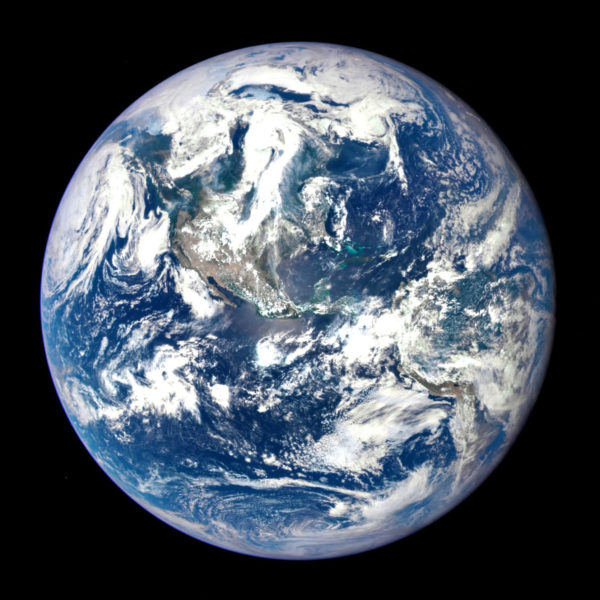
The Americas from space–NASA
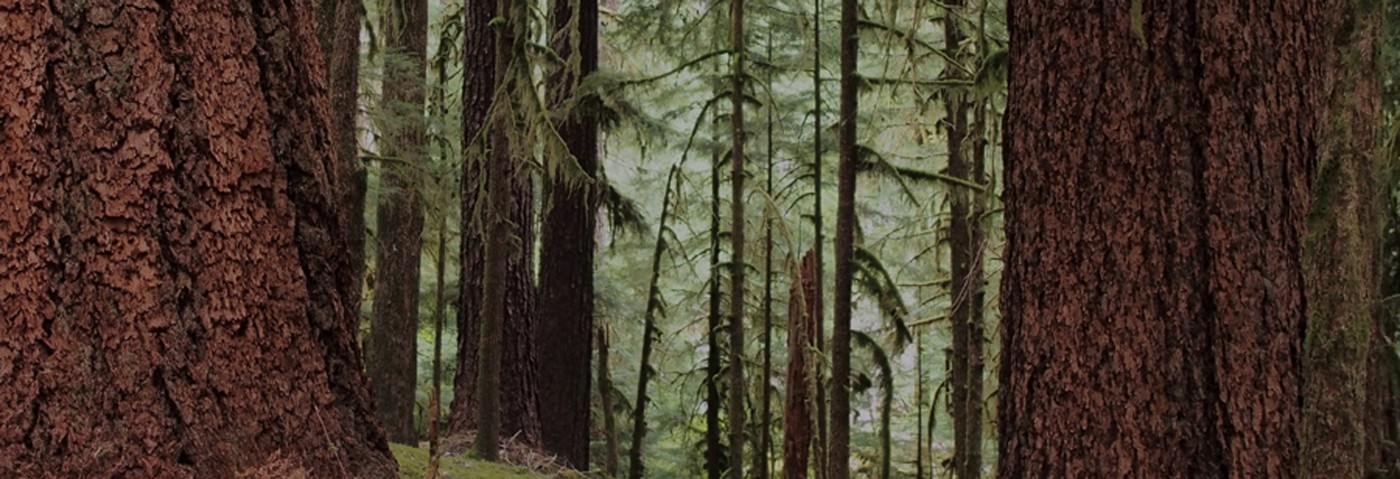

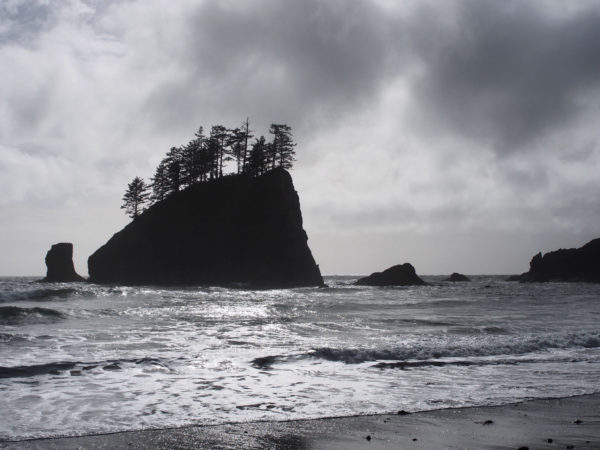
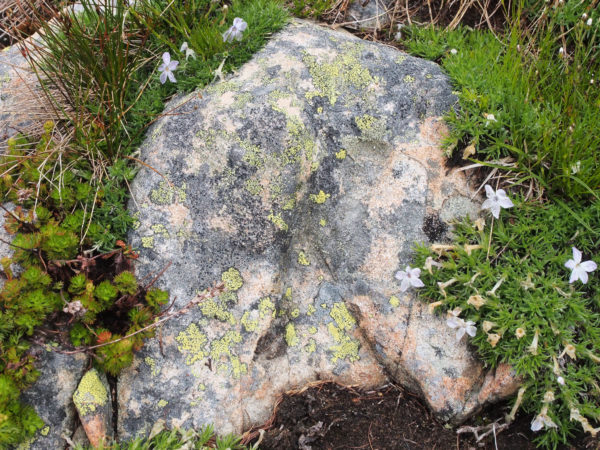
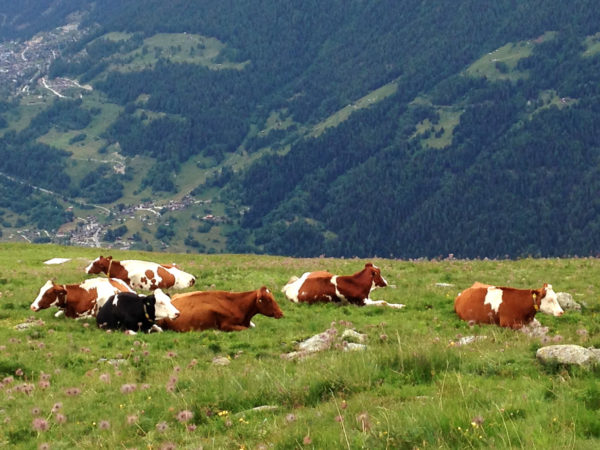
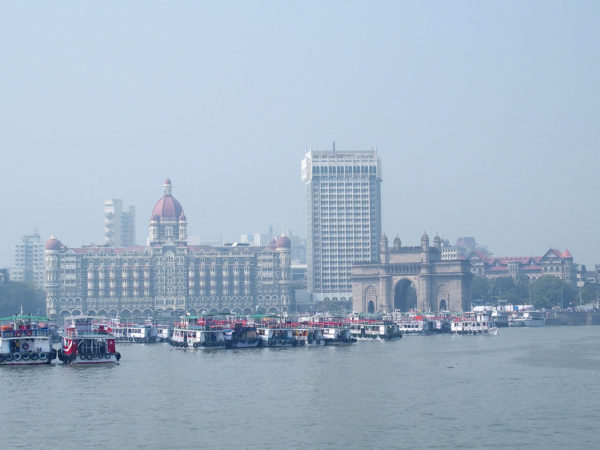
A great tour of the ongoing work of nature – kinda neat to think of how hard that lichen has to work… Thanks as usual Johnny..!
And thank you as well, Marty!
I love this – particularly how you show it all in such disparate settings!
Excellent! One quibble: huge fan that I am of lichens, I’m pretty sure that bacteria were the first to figure out how to love on rocks.
Thanks, Ursula. Oops, I didn’t mean to imply that lichens were evolutionarily the first rock colonizers. Rather, I meant that when a rock surface is freshly exposed in the modern world, lichens are the first colonizers. But bacteria being so ubiquitous, even that may be more of an oft-repeated statement than the correct description. And by the way, did you notice that you described bacteria as being the first to LOVE on rocks? That’s probably true too!